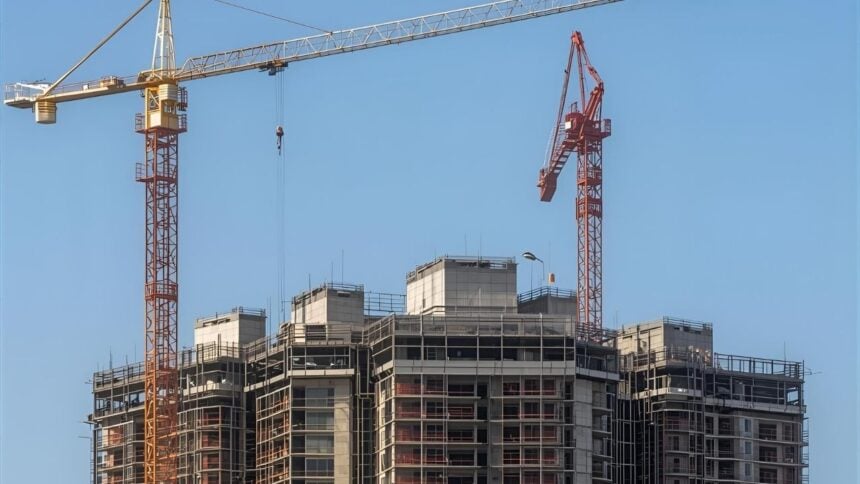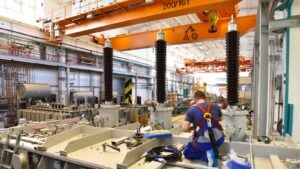Contractors are confronting a one-two punch of higher material costs and worker shortages, a combination that is idling job sites and forcing developers to rework pro formas mid-build.
Industry gauges show building inputs rising from a year ago while crews remain hard to staff, a mismatch that is translating into slower timelines, contingency draws, and tougher conversations with lenders.
In the United States, producer-price data tracked by industry groups point to renewed pressure on key inputs this summer.
Building material prices in August were up from a year earlier, the second straight month of accelerating annual gains, according to a National Association of Home Builders review of federal figures.
The association said material prices rose 3.4% year over year in August, the fastest annual pace since early 2023, as categories like metals and asphalt firmed after a lull.
That backdrop helps explain why bids have crept higher even when commodity headlines look mixed.
Statistics Canada’s Building Construction Price Index reported a 3.7% annual increase for residential projects in the second quarter and 4.0% for non-residential, with quarterly gains picking up into mid-year as institutional and industrial work broadened.
Contractors say mechanical and structural packages are proving difficult to hold open for long, which increases the risk of change orders later in the build.
A late-August survey from the Associated General Contractors of America found worker shortages to be the most common cause of project delays.
Forty-five percent of firms reported delays tied to a lack of their own or their subcontractors’ workers, and nearly four in five said at least one job had been delayed over the past year. That shortage is not just about headcount.
Firms report gaps in specific trades, from concrete finishers to welders, which are harder to backfill without eroding productivity.
For housing developers already squeezed by financing costs, the timing is particularly painful. Efforts to accelerate supply collide with site realities, from longer procurement windows to off-site fabrication queues.
Builders trying to add capacity amid Canada’s housing crisis face the same pressures as U.S. peers and must lock pricing where they can, often with larger allowances for metal, concrete, and finishes.
Higher borrowing costs and lingering US inflation clues keep owners cautious on scope changes that used to pass underwriting with little friction.
Lenders are pressing for stronger contingencies and shorter validity windows on bids.
Some sponsors are splitting phases to reduce exposure to near-term escalations, while public owners are revisiting index-linked escalation clauses to keep procurements from failing.
In Canada, the federal government is trying to fast-track large builds through a streamlined pipeline as the Major Projects Office names early priorities.
Ottawa has also rolled out a tariff relief program that offers small cost breaks on some imported inputs for businesses in British Columbia.
Those steps may help margins at the edges, although scale effects depend on uptake and how quickly materials move through ports and distribution.
On the supply side, pricing remains lumpy across categories. Fabricators describe a tug-of-war between soft demand in pockets of commercial work and stickier costs for energy-intensive goods.
Electrical subcontractors are watching copper demand tied to grid upgrades and EV infrastructure, which can strain budgets even when headline commodity prices wobble.
Steel and cement quotes also vary by region, with freight and capacity constraints adding a second layer of volatility that makes guaranteed maximum price contracts harder to structure without wider bands.
Shorter holds force owners to choose between accepting higher contingencies now or risking rebids later at potentially worse levels.
The calculus is about preserving crew utilization and avoiding punitive liquidated damages when labor gaps or late deliveries push the schedule.
Until either input prices cool decisively or the trade pipeline deepens, the safest assumption for 2025 build calendars is longer lead times, leaner alternates, and more rigorous escalation language.




















